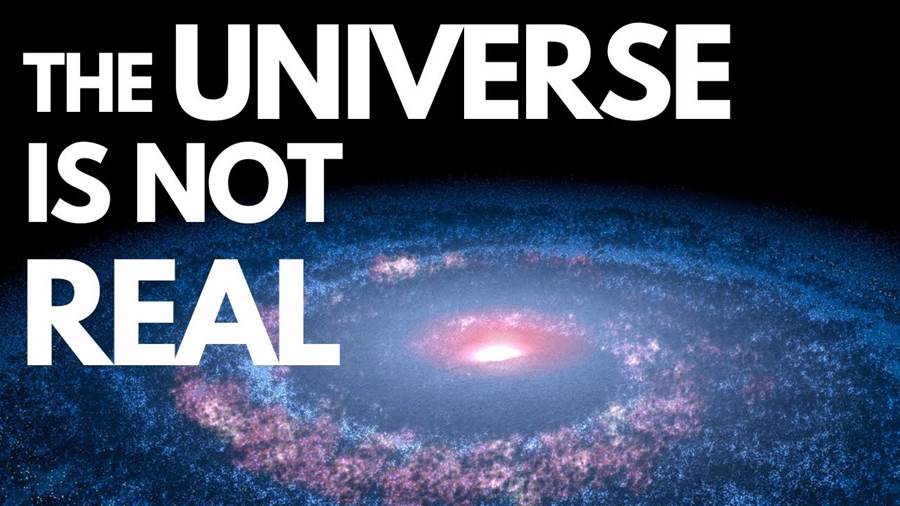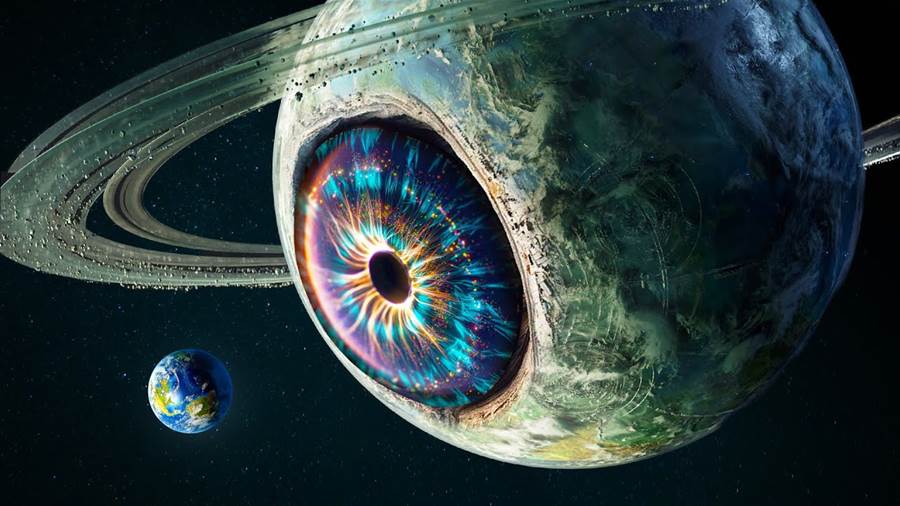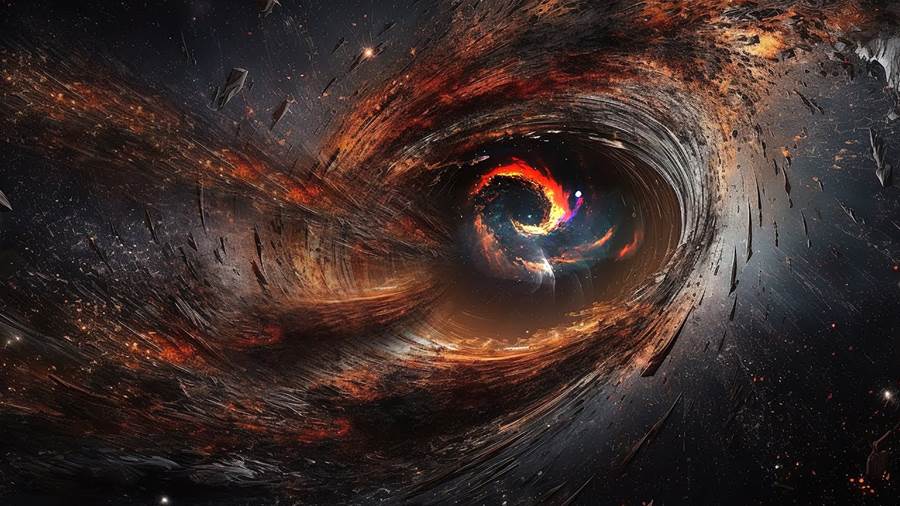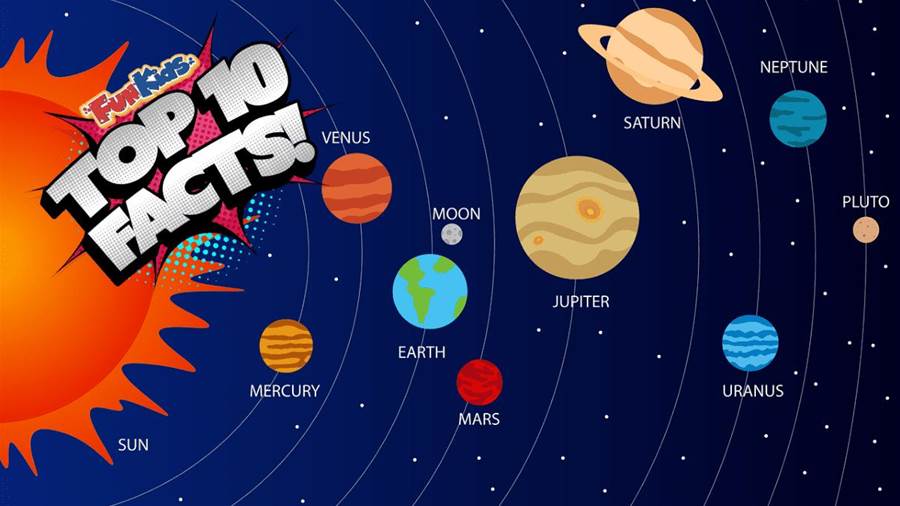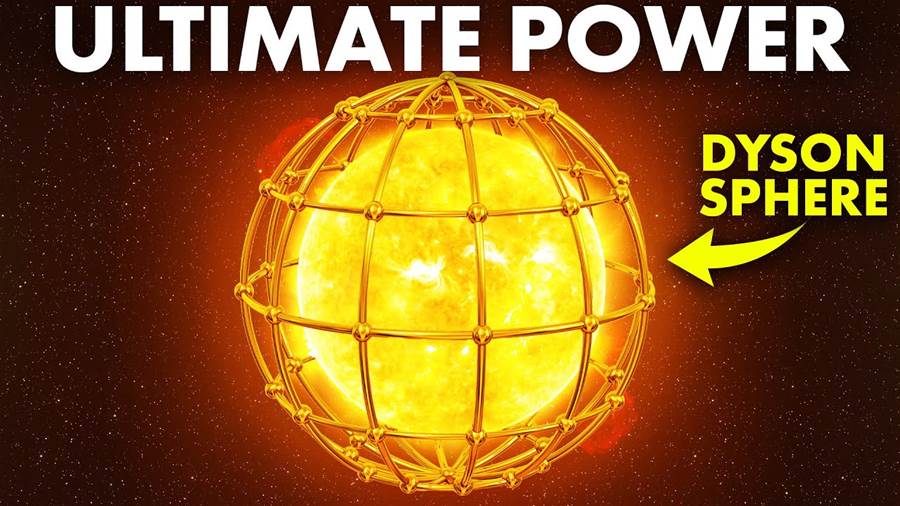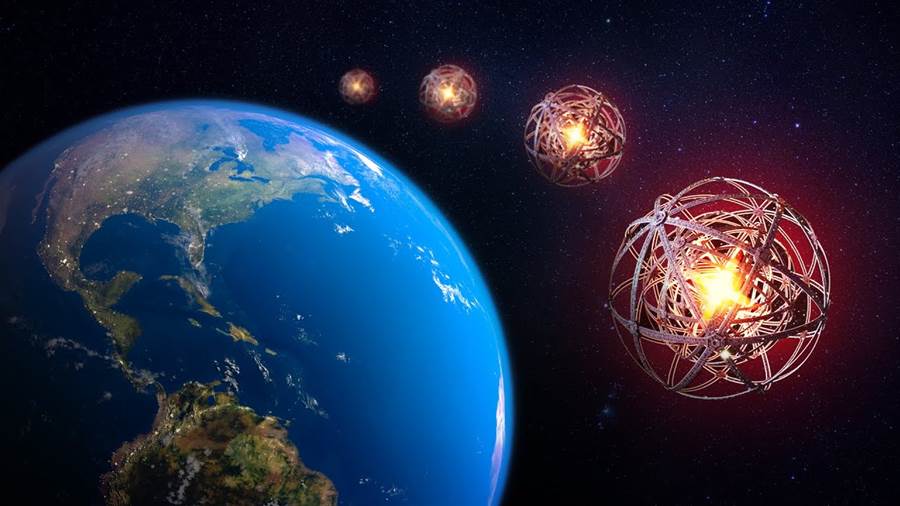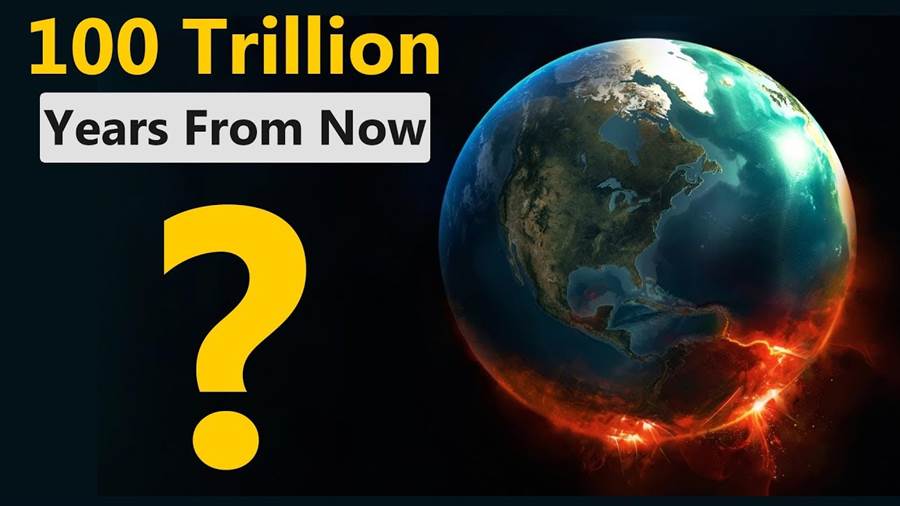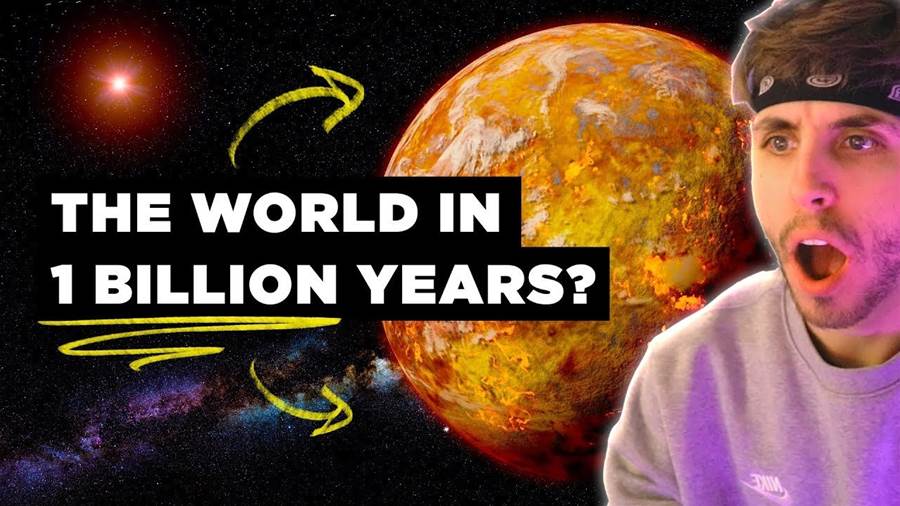
### IntroductionThe universe is an awe-inspiring and mind-boggling expanse that stretches beyond human comprehension. For centuries, scientists and astronomers have sought to unlock its mysteries, revealing astonishing facts about its size, structure, and the sheer enormity of time and space it encompasses. Even with our advanced technology and scientific understanding, the universe's size often remains difficult to truly grasp. This article delves into the vastness of the cosmos, exploring how the universe is much larger than most people can imagine and what this means for humanity.
### The Observable UniverseTo frame our understanding of the universe's size, it's beneficial to start with the concept of the observable universe. The observable universe is defined as the region of space that we can see from Earth, limited by the speed of light. Light from distant stars takes time to reach us, and since the universe has been expanding since the Big Bang, we can only observe a certain portion of it.
The observable universe is estimated to be about 93 billion light-years in diameter.
This measurement means that we can see objects that are up to about 46.5 billion light-years away from Earth, despite the universe being around 13.
The article is not finished. Click on the next page to continue.
The article is not finished. Click on the next page to continue.
Next page